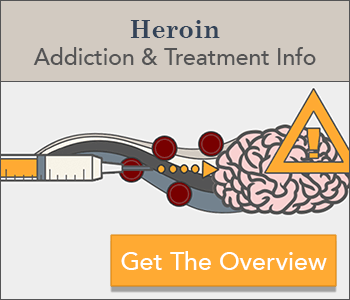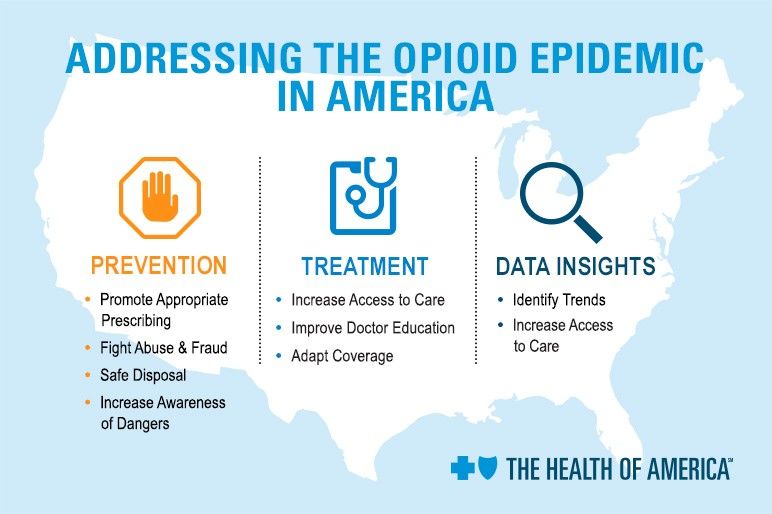Get This Report on What Cause Drug Addiction
Physical reliance can accompany the regular (daily or almost day-to-day) use of any substance, legal or prohibited, even when taken as prescribed. It occurs since the body naturally adapts to routine exposure to a compound (e. g., caffeine or a prescription drug). When that substance is taken away, (even if initially recommended by a physician) signs can emerge while the body re-adjusts to the loss of the substance.
Tolerance is the requirement to take greater doses of a drug to get the exact same result. how to get rid of drug addiction. It frequently accompanies reliance, and it can be tough to distinguish the 2. Dependency is a chronic condition characterized by drug looking for and use that is compulsive, despite negative repercussions. Almost all addicting drugs directly or indirectly target the brain's benefit system by flooding the circuit with dopamine.
When activated at regular levels, this system rewards our natural behaviors. Overstimulating the system with drugs, however, produces impacts which strongly reinforce the behavior of drug use, teaching the person to duplicate it. The initial decision to take drugs is normally voluntary. However, with continued use, an individual's ability to put in self-discipline can end up being seriously impaired - what are some ways that healthcare professionals can decrease the risk of drug abuse and addiction?.
Scientists believe that these modifications change the method the brain works and might help discuss the compulsive and damaging behaviors of a person who becomes addicted. Yes. Dependency is a treatable, persistent condition that can be handled effectively. Research shows that integrating behavioral treatment with medications, if offered, is the best method to ensure success for many clients.

Excitement About Why Is Drug Addiction A Brain Disease
Treatment approaches need to be customized to deal with each patient's substance abuse patterns and drug-related medical, psychiatric, ecological, and social problems. Relapse rates for clients with substance use disorders are compared to those suffering from high blood pressure and asthma. Relapse prevails and similar throughout these health problems (as is adherence to medication).
Source: McLellan et al., JAMA, 284:16891695, 2000. No. The persistent nature of addiction implies that falling back to substance abuse is not just possible however also most likely. Relapse rates resemble those for other well-characterized chronic medical diseases such as high blood pressure and asthma, which likewise have both physiological and behavioral elements.
Treatment of chronic diseases involves changing deeply imbedded habits. Lapses back to drug use suggest that treatment requires to be reinstated or changed, or that alternate treatment is required. No single treatment is right for everyone, and treatment service providers must pick an ideal treatment strategy in consultation with the individual patient and ought to think about the client's distinct history and scenario.
The rate of drug overdose deaths including artificial opioids aside from methadone doubled from 3. 1 per 100,000 in 2015 to 6. 2 in 2016, with about half of all overdose deaths being related to the artificial opioid fentanyl, which is inexpensive to get and contributed to a variety of illegal drugs.
The smart Trick of Where Can You Get Help For Drug Addiction That Nobody is Discussing
If opium were the only drug of abuse and if the only kind of abuse was among regular, compulsive use, discussion of addiction might be an easy matter. But opium is not the only drug of abuse, and there are probably as lots of sort of abuse as there are drugs to abuse or, certainly, as Substance Abuse Treatment perhaps there are individuals who Find Drug Rehab Delray more info abuse.

Prejudice and ignorance have actually caused the labelling of all use of nonsanctioned drugs as addiction and of all drugs, when misused, as narcotics. The ongoing practice of dealing with addiction as a single entity is dictated by customized and law, not by the facts of addiction. The custom of relating drug abuse with narcotic addiction originally had some basis in truth.
Then numerous alkaloids of opium, such as morphine and heroin, were separated and introduced into use. Being the more active principles of opium, their dependencies were just more serious. Later, drugs such as methadone and Demerol were synthesized but their results were still sufficiently comparable to those of opium and its derivatives to be consisted of in the older idea of addiction.
Then came numerous tranquilizers, stimulants, new and old hallucinogens, and the numerous mixes of each. At this point, the unitary consideration of addiction ended up being illogical. Legal attempts at control typically forced the addition of some nonaddicting drugs into old, recognized categoriessuch as the practice of calling marijuana a narcotic. Issues likewise emerged in trying to broaden addiction to include habituation and, lastly, substance abuse.
The smart Trick of What Does Drug Addiction Means That Nobody is Discussing
Raw opium. Erik Fenderson Common misunderstandings concerning drug dependency have typically triggered bewilderment whenever major attempts were made to distinguish states of addiction or degrees of abuse. For several years, a popular misunderstanding was the stereotype that a drug user is a socially undesirable lawbreaker. The carryover of this conception from decades previous is easy to understand but not really simple to accept today.
Lots of compounds can acting upon a biological system, and whether a particular compound becomes considered a drug of abuse depends in large step upon whether it can eliciting a "druglike" impact that is valued by the user. Hence, a compound's quality as a drug is imparted to it by usage.
The very same could be reached cover tea, chocolates, or powdered sugar, if society wanted to use and consider them that method. The job of defining dependency, then, is the task of being able to compare opium and powdered sugar while at the very same time having the ability to embrace the fact that both can be based on abuse.
This kind of referral would still leave unanswered different concerns of accessibility, public sanction, and other factors to consider that lead individuals to worth and abuse one type of effect instead of another at a particular minute in history, but it does a minimum of acknowledge that drug dependency is not a unitary condition.
8 Easy Facts About How To Deal With Drug Addiction Shown
Some understanding of these physiological results is essential in order to appreciate the troubles that are encountered in attempting to consist of all drugs under a single definition that takes as its model opium. Tolerance is a physiological phenomenon that requires the individual to use a growing number of of the drug in repeated efforts to achieve the exact same result.
Although opiates are the model, a variety of drugs generate the phenomenon of tolerance, and drugs differ considerably in their capability to develop tolerance. Opium derivatives rapidly produce a high level of tolerance; alcohol and the barbiturates a very low level of tolerance. Tolerance is particular for morphine and heroin and, as a result, is thought about a cardinal quality of narcotic addiction.
This phase is quickly followed by a loss of impacts, both preferred and undesired. Each brand-new level rapidly lowers effects till the specific comes to a very high level of drug with a likewise high level of tolerance. Humans can become nearly entirely tolerant to 5,000 mg of morphine daily, even though a "normal" clinically reliable dosage for the relief of discomfort would fall in the variety of 5 to 20 mg.
Tolerance for a drug may be entirely independent of the drug's ability to produce physical reliance. There is no completely acceptable description for physical dependence. It is thought to be related to central-nervous-system depressants, although the difference between depressants and stimulants is not as clear as it was as soon as believed to be.